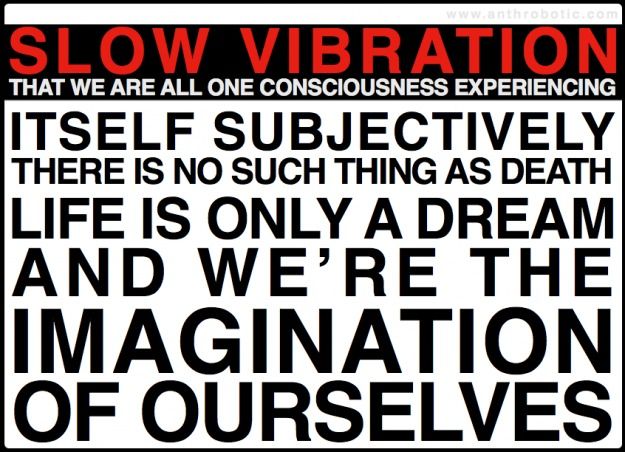Strong AI or Artificial General Intelligence (AGI) stands for self-improving intelligent systems possessing the capacity to interact with theoretical- and real-world problems with a similar flexibility as an intelligent living being, but the performance and accuracy of a machine. Promising foundations for AGI exist in the current fields of stochastic- and cognitive science as well as traditional artificial intelligence. My aim in this post is to give a very basic insight into- and feeling for the issues involved in dealing with the complexity and universality of an AGI for a general readership.
Classical AI, such as machine learning algorithms and expert systems, are already heavily utilized in today’s real-world problems, in the form of mature machine learning algorithms, which may profitably exploit patterns in customer behaviour, find correlations in scientific data or even predict negotiation strategies, for example [1] [2], or in the form of genetic algorithms. With the next upcoming technology for organizing knowledge on the net, which is called the semantic web and deals with machine-interpretable understanding of words in the context of natural language, we may start inventing early parts of technology playing a role in the future development of AGI. Semantic approaches come from computer science, sociology and current AI research, but promise to describe and ‘understand’ real-world concepts and to enable our computers to build interfaces to real world concepts and coherences more autonomously. Actually getting from expert systems to AGI will require approaches to bootstrap self-improving systems and more research on cognition, but must also involve crucial security aspects. Institutions associated with this early research include the Singularity Institute [3] and the Lifeboat Foundation [4].
In the recent past, we had new kinds of security challenges: DoS attacks, eMail- and PDF-worms and a plethora of other malware, which sometimes even made it into military and other sensitive networks, and stole credit cards and private data en masse. These were and are among the first serious incidents related to the Internet. But still, all of these followed a narrow and predictable pattern, constrained by our current generation of PCs, (in-)security architecture, network protocols, software applications, and of course human flaws (e.g. the emotional response exploited by the “ILOVEYOU virus”). To understand the implications in strong AI first means to realize that probably there won’t be any human-predictable hardware, software, interfaces around for longer periods of time as long as AGI takes off hard enough.
To grasp the new security implications, it’s important to understand how insecurity can arise from the complexity of technological systems. The vast potential of complex systems oft makes their effects hard to predict for the human mind which is actually riddled with biases based on its biological evolution. For example, the application of the simplest mathematical equations can produce complex results hard to understand and predict by common sense. Cellular automata, for example, are simple rules for generating new dots, based on which dots, generated by the same rule, are observed in the previous step. Many of these rules can be encoded in as little as 4 letters (32 bits), and generate astounding complexity.
Continue reading “Security and Complexity Issues Implicated in Strong Artificial Intelligence, an Introduction” »









